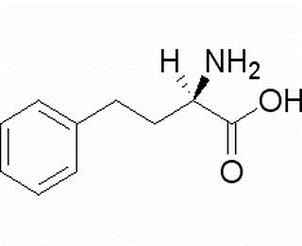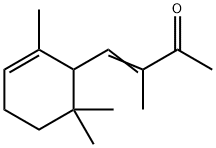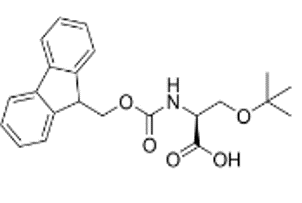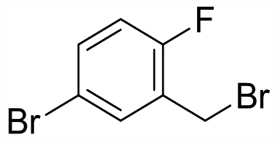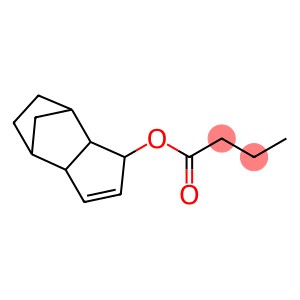D-Homophenylalanine(CAS# 82795-51-5)
| Hazard Symbols | Xi – Irritant |
| Safety Description | S22 – Do not breathe dust. S24/25 – Avoid contact with skin and eyes. |
| WGK Germany | 3 |
| HS Code | 29224999 |
Introduction
D-Phenylbutanine is an organic compound. Its properties mainly include chemical properties and physical properties.
D-Phenylbutyrine is weakly acidic and dissolves in water. It is a solid with the form of a white crystalline or crystalline powder.
The preparation method of D-phenylbutyrine can be achieved by chemical synthesis or microbial fermentation. The chemical synthesis method is mainly carried out through multiple steps such as ammoniation, acetylation, bromination, and reduction. The microbial fermentation method is done using synthase and microbial cultures.
It is irritating to the eyes, skin, and respiratory tract, and precautions should be taken during contact, such as wearing protective eyewear, appropriate protective clothing, and respiratory devices. Care should be taken to avoid inhalation of mitochondrial toxicity during the procedure.


